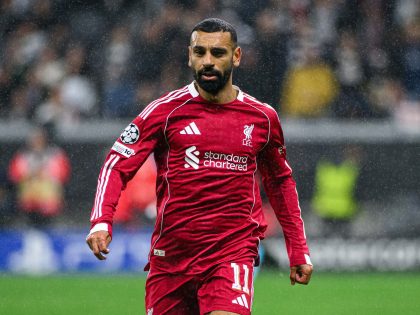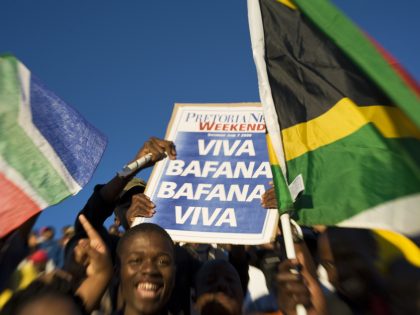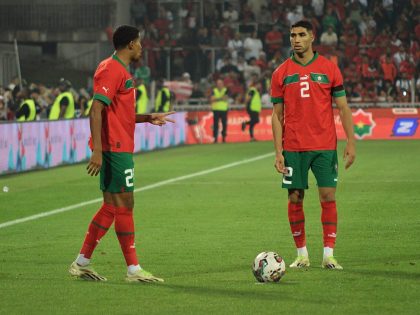Hollywood Pelé
The news that a major studio is bankrolling a film about the Brazilian Pele, contender for greatest player of all time.

Image of a Pele statue by Melhor de Santos, via Flickr CC.
Dramatic films about football (soccer)–with few exceptions, say “Sixty Six” or “The Year My Parents Went on Vacation“– are usually busts. It seems hard to recreate on-field action or to make connections to larger themes about the nation, identity politics, institutional violence, capitalism and the romance of the beautiful game. And nowadays professional footballers’ lives off-field can be regimented and managed, drained of any real drama; made for social media. Mario Balotelli, or before him Lilian Thuram or Eric Cantona are major exceptions. Lionel Messi, arguably the best player in the world right now, is quite a bore, with little politics to speak off except when he is setting up shell companies in South American to hide his earnings from tax authorities.Film industry site Variety reports (it also posted the still from the film embedded above) that shooting is almost done and the film will come out just in time for the 2014 World Cup. We are not sure what to expect from the new biopic “Pele,” about the life of Edson Arantes de Nascimiento, who emerged as probably the world’s best player between 1958 and 1970 (when he won the World Cup three times; the only player to have done so) and, in the view of some, is the greatest player of all time. (Post the 1958 World Cup, Brazil’s Congress declared Pele a “non-exportable national treasure.” We holding out out that the new film may do better than most dramatic films about football.
So why could “Pele” be different? For one, though the film is financed by an American studio and directed by two American filmmakers, those filmmakers are the Zimbalist brothers, who directed the documentary “The Two Escobars,” which even our Colombian friends admit is a very good film. One of the Zimbalist brothers also lived in Rio before where he made a documentary about music culture, “Favela Rising.” Secondly, the new film uses a mostly local cast in the major roles; Pele is played by two Brazilian actors (as a child and a young man respectively) and Seu Jorge (yes, him) plays Pele’s father, who played professionally for Fluminese. Finally, the film gets the themes right: Michael Zimbalist told Variety the film links Pele’s story with that of Brazilian national identity: “It was the birth of the legend that parallels the birth of the Brazilian national identity, coming off the 1950 (World Cup) loss (to Uruguay) in Maracana stadium.”
We’re disappointed though that the film will only focus on Pele’s early life: as the promo material on the producer’s site reads: from “… his impoverished youth to his unlikely rise to futbol stardom in 1958.” Basically, it will stop right after the World Cup finals in Sweden which Brazil won 5-2 and in which the then-17-year old Pele starred. The producers are not saying why the film ends in 1958, but we can suspect Pele, who is known to be very image conscious, may have something to do with it. Also, his life after 1958 gets way more interesting. He got injured early on in the 1962 World Cup (Brazil still won as Garrincha starred) and in 1966 Brazil was eliminated in the first round. The 1970 World Cup—when Brazil beat Italy in the final—would be the climax of Pele’s storied career. When he finally left his longtime Brazilian club Santos (where he set most of his records, among them 1281 goals in 1363 matches) to play in a foreign league, he chose the Cosmos of the so-so NASL in the United States when he was already semi-retired. His post-football career has been marred by his conservative politics or his penchant to have his name linked to any product so long as he earns money. This is in stark contrast to a player like Diego Maradona, who for all his personal excesses always has had better politics. Which is perhaps why some fans remain divided over who–Pele or Diego Maradona–is the greatest player of all time.



















